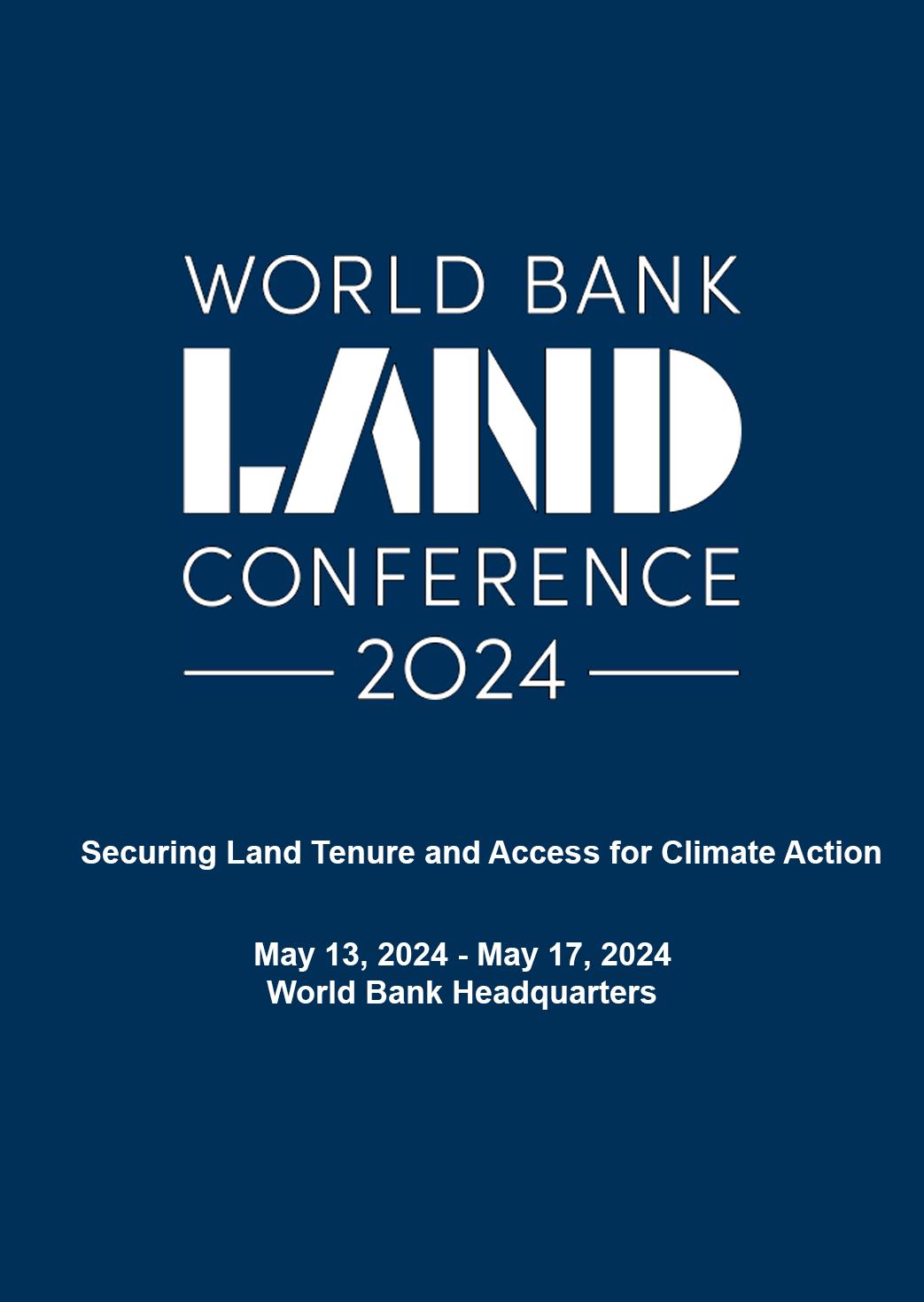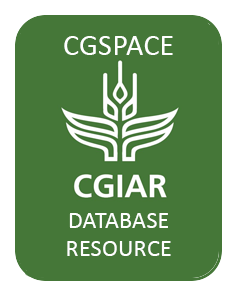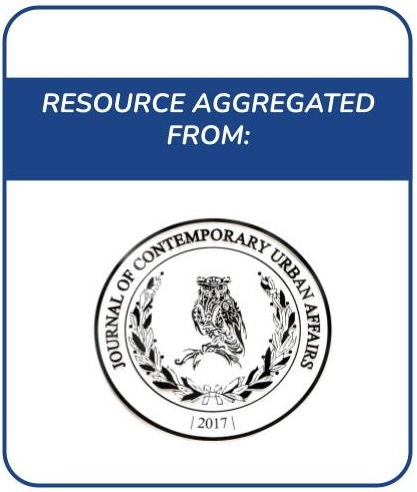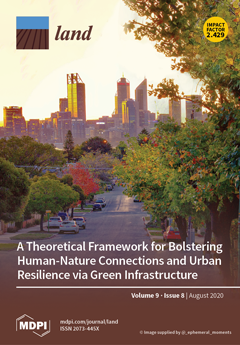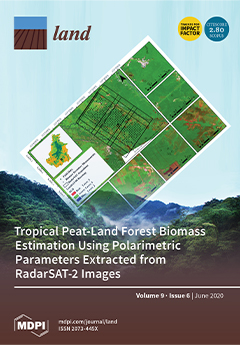The session explored the role of geospatial data systems in sustainable spatial planning and urban development within the ECA region. Türkiye presented its transition from 2D to 3D spatial data, emphasizing how advanced data systems are facilitating the country's green development goals.…
Context and backgroundThe land is a finite resource for which competition is intensifying due to rapid urbanization, population growth, economic necessities... In Morocco, the land is increasingly seen as an obstacle and a major constraint on several levels. . In the industrial sector, the land…
Background
An understanding of farmers' preferences of new banana cultivars and their characteristics is critical for developing and selecting cultivars that meet consumer needs. Therefore, phenotypic selection in a genetically variable population remains an important aspect of plant…
Land degradation is a major global issue and achieving a land degradation-neutral world is one of the Sustainable Development Goals. However, striving for land degradation neutrality (LDN) is challenged by increasing claims on land resources and could result in major land use conflicts. The aim…
Paris Agreement of December 2015 was the last official initiative led by the United Nations UN as the driver of climate change mitigation Climate change was hence linked with an increase in the occurrence of natural hazards A variety of initiatives were consequently adopted under different…
To increase understanding of agricultural intensification processes over time and their sustainability, we studied dimensions of sustainability in the context of ongoing expansion of intensive, commercial mono-cropping of banana in Southwestern Uganda. In our approach we considered five…
The historical progress of Hagia Sophia encompasses four different periods. Dating back to 360 AD, this unique structure was the largest church built in Istanbul during the Roman Period. In the second period, Fatih Sultan Mehmet conquered Istanbul in 1453 and personally dedicated Hagia Sophia to…
There is a risk of salinity and degradation in soil structure due to excessive irrigation in the GAP-Harran Plain. The purpose of the research is to determine farmers’ willingness to pay (WTP) for applications of sustainable agricultural land usage practices to avoid salinization in soil based…
Green infrastructure (GI) is a strategic planning approach that can contribute to solutions for ecological, social, and environmental problems. GI also aims to conserve natural and semi-natural landscapes and enhance ecological networks. Within the scope of spatial planning, urban and rural…
With the widespread use of three-dimensional (3D) geographic information technologies, studies for 3D digital representation of property units in cadasters have increased in recent years. In Turkey, a project named 3D City Models and Cadasters was initiated by the General Directorate of Land…
The starting point of this study is the fact that every production system entails a specific spatial organization and changes its physical environment This research is an attempt to understand the industrialization period of Turkeys Early Republican Period 1930s and the spatial effects of the…
Urban spaces reflect the reality of city life like a mirror This research aims to examine and analyze the advanced aesthetic functional and environmental performance of urban public spaces by assessing the current situation and highlighting the role of creativity in developing these spaces To…

